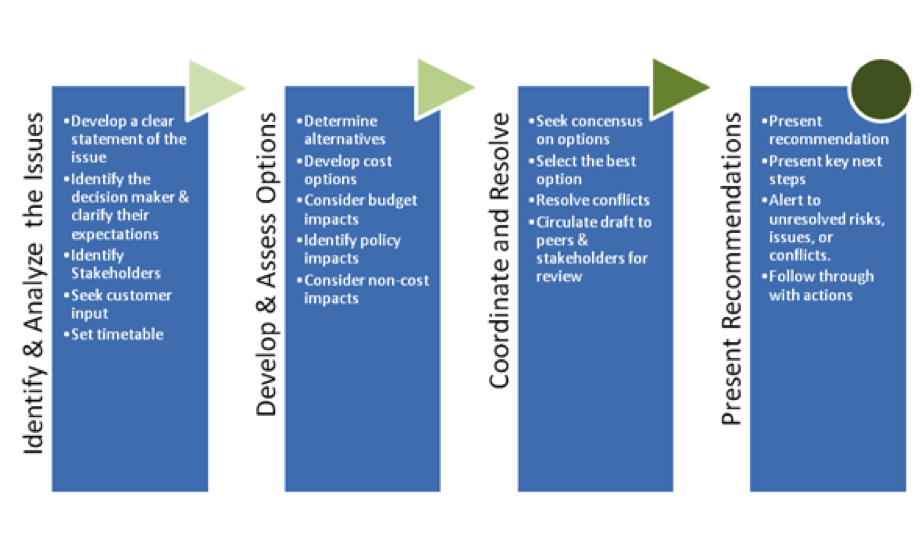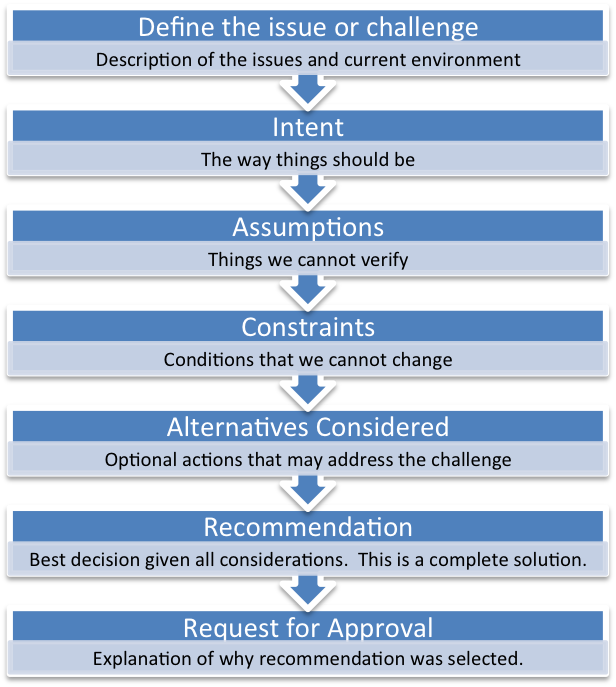Using HCD to Reimagine Veteran Healthcare
Breaking the Status Quo
In the wake of the global COVID-19 pandemic in 2020, the “Reimagining Veteran Healthcare” project set out to not only study what has changed about health care for Veterans during the pandemic, but also investigate what might change to better anticipate Veterans’ needs of the future. This inflection point was an opportunity for VA to drastically rethink how to meet evolving patient expectations and a changing population of Veterans.
This vision for the 20-year future of VA emerged from research with Veterans, Caregivers, front-line staff, healthcare experts, and VA leadership. Starting with the core users of VA services yielded a web of opportunities spanning from discovery and design to technical development, prototyping, piloting and implementation —utilizing the full range of Human-Centered Design (HCD) methodologies, tools, and approaches.
While VA has several ongoing and near-future transformational programming in the works, there is a large gap when considering truly transformational future opportunities. This is where Reimagining Veteran Healthcare stepped in. Our team from Technical Assent and Deloitte had a goal of developing breakthrough, nonlinear innovations of service delivery models to create or capture markets, services, products, and customer segments that have yet to exist.
Putting Veterans at the Center
To keep Veterans at the center of our work, the team conducted ethnographic research with 100+ stakeholder interviews (virtually and in-person) with Veterans, clinical providers, familial caregivers, subject matter experts, and other key VA staff members. These helped the team uncover pain points, bright spots, and/or validate our assumptions about the current state of Veteran healthcare, understand the post-pandemic priorities and behaviors of different populations of Veterans, and inform several transformational opportunity areas.
“[I define health as] having the ability to accomplish all the things that I want to do in my life […] without any hindrance from medical or monetary or any of those things that naturally get in the way. The quality of things I am consuming in life. It’s the total of all those things.”
“If I could just visit one entity, one website, have everything available to me on ONE Dashboard or profile. If it was tailored to me and what I went through it would be so much more helpful.”
“It’s symptoms first, then based from symptoms, give prescriptions that alleviate those symptoms. The immediate question is always ‘What can I give you?’ Well, I don’t want a medication. I want to solve why it’s hurting in the first place.”
Developing Customer-Driven Solutions
Based on the insights that emerged from conversations with 250+ stakeholders –including Veterans, caregivers, and front-line staff, consensus was found around three critical priorities for VA’s future:
- Redefine Veterans’ initial encounter with VA – VA has a critical opportunity to elevate health as a priority with Veterans during and following transition. Connecting proactively with personalized tools can create a seamless transition for Veterans to join the VA following active duty.
- Deepen ongoing customer service efforts and engagement – Veterans feel the fragmented nature of the VA. By creating a backend system that puts Veteran health records, feedback, and preferences in one place, VHA can provide a more seamless front-end experience while empowering employees to own each individual interaction and overall health journey.
- Extend the envelope of care – More than ever, Veterans expect care when, where, and how they want it. COVID-19 highlighted an opportunity for VA to extend care beyond its walls and broaden its definition of health and healthcare delivery.
Across these three central opportunities, 11 solution concepts were developed that allow VA to create transformational change for Veterans. These solution concepts are rooted in the Veteran experience, taking an outside-in look at what’s needed for VA healthcare delivery. Currently, the team is partnering with VAMCs to pilot and iterate on the solution concepts and help Veterans access VA care when and where they want it in the future.
How do you keep your customer at the center of your work? What opportunities are there to think outside the box to anticipate future customer needs?











